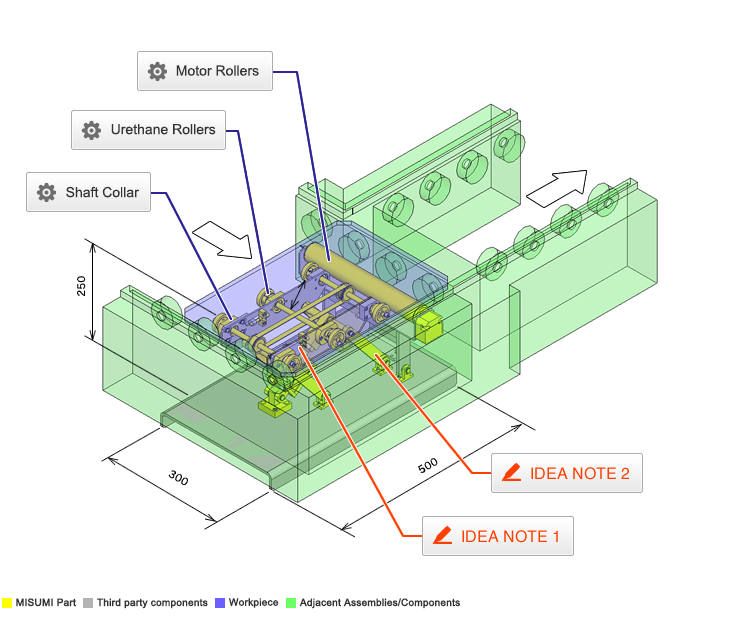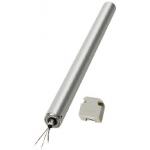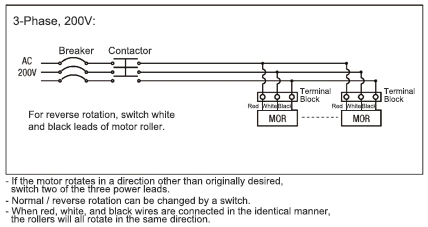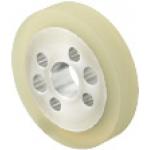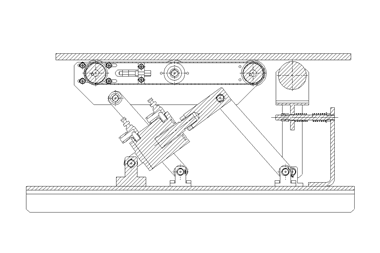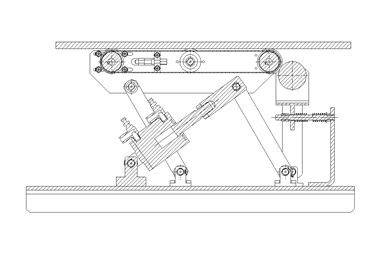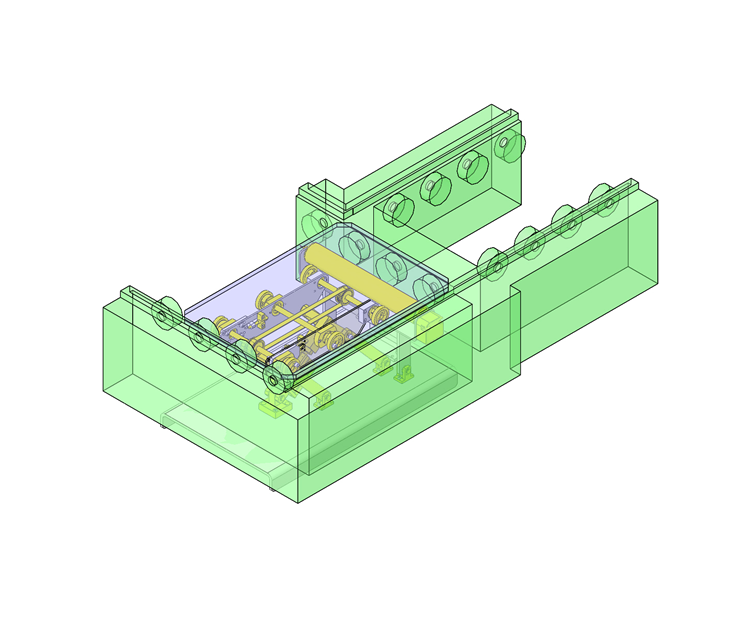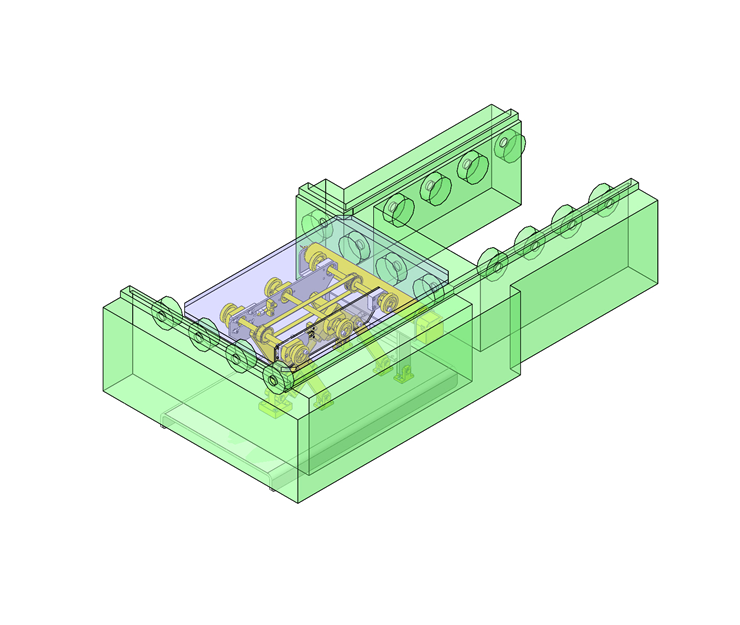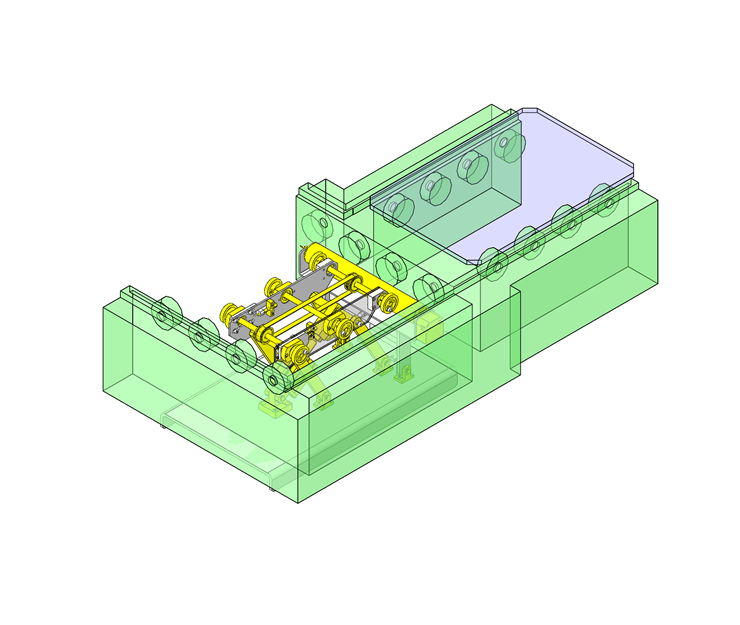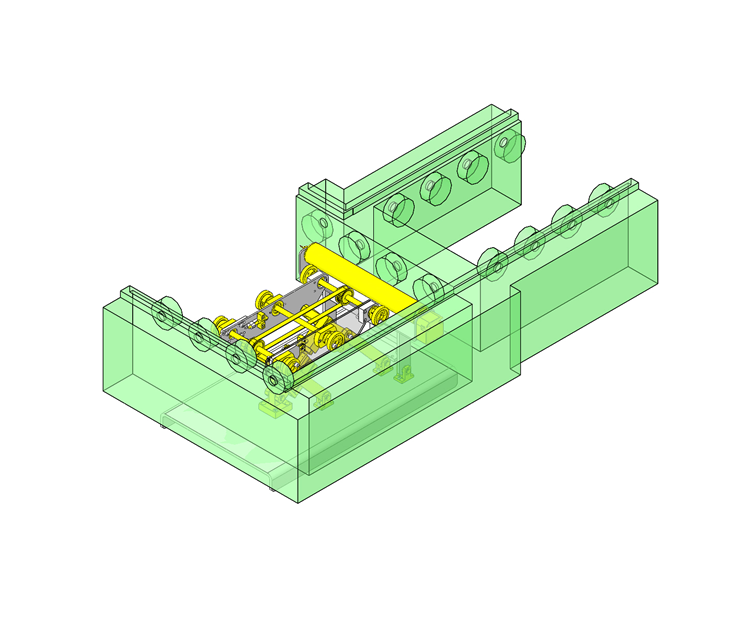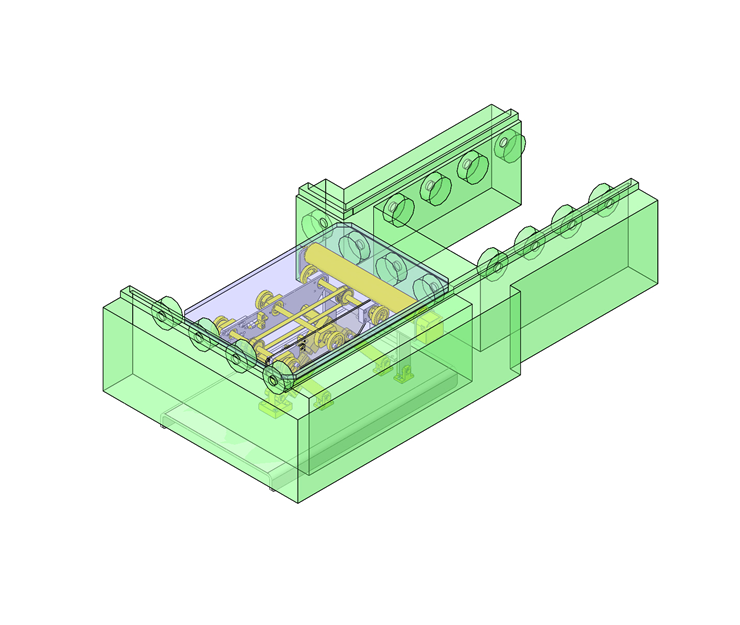(!)Due to Microsoft's end of support for Internet Explorer 11 on 15/06/2022, this site does not support the recommended environment.
Mon. - Fri. 8 a.m. - 6 p.m.
All Categories
-
Automation Components
Automation Components
Show all categories of Automation Components-
Linear Motion
-
Rotary Motion
-
Connecting Parts
-
Rotary Power Transmission
-
Motors
-
Conveyors & Material Handling
-
Locating, Positioning, Jigs & Fixtures
-
Inspection
-
Sensors, Switches
-
Pneumatics, Hydraulics
-
Vacuum Components
-
Hydraulic Equipment
-
Spray Equipment And Accessories
-
Pipe, Tubes, Hoses & Fittings
-
Modules, Units
-
Heaters, Temperature Control
-
Aluminum Extrusions, Framing, Support & Posts
-
Casters, Leveling Mounts, Posts
-
Doors, Cabinet Hardware
-
Springs, Shock Absorbers
-
Adjustment/Fastening Components, Pins, Magnets
-
Antivibration, Soundproofing Materials, Safety Products
-
- Fasteners
- Materials
-
Wiring Components
Wiring Components
Show all categories of Wiring Components-
LAN Cables / Industrial Network Cables
-
Equipment Specific Cables
-
Cordsets
-
Computer & AV Cables
-
Wire/Cable
-
Connector (General Purpose)
-
Crimp Terminal Components
-
Cable Organization
-
Cable Gland Components
-
Cable Bushing/Clip/Sticker
-
Screw/Spacer
-
Cable accessories
-
Tube
-
Electrical Conduits
-
Duct/Wiring
-
Electrical Wiring Tools
-
Dedicated tools
-
Soldering supplies
-
- Electrical & Controls
-
Cutting Tools
Cutting Tools
Show all categories of Cutting Tools-
Carbide End Mill
-
HSS End Mill
-
Concrete Drill Bits
-
Milling Cutter Insert / Holder
-
Core Drill Bits
-
Customized Straight Blade End Mill
-
Dedicated Cutter
-
Crinkey Cutters
-
Turning Tool
-
Drill
-
Cutting Tool Accessories
-
Screw Hole Related Tools
-
Reamer
-
Electric Drill Bits
-
Chamfering, Centering Tool
-
Hole Saws
-
Magnetic Drill Press Cutters
-
Step Drills
-
Wood Drills & Cutters
-
-
Processing Tools
-
Packing & Logistics Storage Supplies
- Safety Products
-
Research and Development & Cleanroom Supplies
Research and Development & Cleanroom Supplies
Show all categories of Research and Development & Cleanroom Supplies - Press Die Components
-
Plastic Mold Components
Plastic Mold Components
Show all categories of Plastic Mold Components-
Ejector Pins
-
Sleeves, Center Pins
-
Core Pins
-
Sprue bushings, Gates, and other components
-
Date Mark Inserts, Recycle Mark Inserts, Pins with Gas Vent
-
Undercut, Plates
-
Leader Components, Components for Ejector Space
-
Mold Opening Controllers
-
Cooling or Heating Components
-
Accessories, Others
-
Components of Large Mold, Die Casting
-
-
Injection Molding Components
Injection Molding Components
Show all categories of Injection Molding Components-
Purging Agent
-
Injection Molding Machine Products
-
Accessories of Equipment
-
Auxiliary Equipment
-
Air Nippers
-
Air Cylinders
-
Air Chuck for Runner
-
Chuck Board Components
-
Frames
-
Suction Components
-
Parallel Air Chuck
-
Special Air Chuck
-
Mold Maintenance
-
Heating Items
-
Heat Insulation Sheets
-
Couplers, Plugs, One-touch Joints
-
Tubes, Hoses, Peripheral Components
-
- Webcode Seach | Series
-
#CODE
- Discontinued Products
Loading...
- inCAD Library Home
- > No.000216 90-Degree Pallet Transfer Mechanism
No.000216 90-Degree Pallet Transfer Mechanism
Transferring pallets at 90-degree without de-energizing the conveyors.
Relevant category
- * Unit assembly Data consists of some sub-assemblies.
It is configured so that each sub-assembly unit can be used as it is or edited.
Application Overview
Purpose
- Purpose
- To transfer pallet at 90-degree angle from one conveyor to another.
- Operation
- At the transfer position, bellow the conveying height, is the lifting and transfer mechanism. When a pallet is in the transfer position the cylinder moves the unit and lifts the workpiece from conveyor. To make 90-degree transfer drive roller pulls the workpiece onto the next station. Besides drive roller (motor powered) workpiece is also supported by 3 sets of free-wheeling rollers as part of the lift and transfer unit. When the pallet leaves, the transfer unit cylinders retract and transfer unit is once again below the conveying height.
Target workpiece
- Pallet
- Size:W450×D300×H10mm
- Weight:3.7kg
- Load capacity:8kg
Design Specifications
Operating Conditions or Design Requirements
- Operational Specifications
- To conduct right angle transfer of pallets smoothly and prevent the conveyor rollers from being damaged, the transfer action should be started after the pallet is lifted.
- Transfer speed: 12 to 14 (m/min)
- Dimensions
- W500×D300×H250mm
Selection Criteria for Main Components
- A cylinder is selected based on the pallet and load capacity.
- A motor roller is selected based on load capacity.
- The drive roller diameter is selected based on needed transfer speed.
Design Evaluation
Verification of main components
- A motor roller and a cylinder is selected based on the workpiece load.
- Conditional value: spring constant k = 9.8N/mm, spring free length X0 = 65mm, spring length when roller makes contact X1 = 47.2mm, distance between roller base rotation shaft and spring part Lk1 = 83mm, distance between roller base and roller contact point Lk2 = 158mm, air cylinder thrust at 0.5 MPa Fs0 = 402N, cylinder efficiency η = 0.8, cylinder thrust angle θ1 = 36°, distance between cylinder link rotation shaft and cylinder thrust point Ls1 = 150mm, distance between cylinder link and roller contact point Ls2 = 140.6mm, angle formed by motor roller shaft and drive roller shaft θ2 = 30.4°, angle formed by cylinder link and cylinder thrust direction θ3 ≈ 90°, motor roller strength Fm = 490N, motor roller diameter D1 = 42.7mm, drive roller diameter D2 = 40mm, motor roller speed V1 = 12.7m/min, friction coefficient between drive roller and pallet μ1 = 0.1, friction coefficient between motor roller and drive roller μ2 = 0.6 (metal and rubber), rated tangential force of motor roller N1 = 14.2N, workpiece weight M = 3.7 + 8 = 11.7kg, gravitational acceleration g = 9.8m/s²
- Selection of motor roller
- Drive roller strength
[Force by spring]
If we put Fk1N as spring force and Fk2N as the force applied to the roller contact point, from the balance of moment around the roller base rotation shaft,
Fk1×Lk1=Fk2×Lk2
Fk2={k×(X0-X1)}×Lk1/Lk2={9.8×(65-47.2)}×83/158=91.6N
Therefore, the force in the normal direction applied by the spring to the roller contact face:Fk=Fk2×cosθ2=91.6×cos30.4=79N
[Force by cylinder]
If we put Fs1 as cylinder thrust and Fs2 as force applied to the roller contact point by the cylinder, from θ3 ≈ 90° and the balance of moment around the cylinder link rotation shaft,
Fs1×Ls1=Fs2×Ls2
Fs2={P0×η}×Ls1/Ls2={402×0.8}×150/140.6=343.1N
Angle formed by the cylinder thrust direction, drive roller shaft, and motor roller shaft:θ4=θ1+θ2=66.4°
Therefore, the force in the normal direction applied to the roller contact face by the cylinder:Fs=Fs2×cosθ4=343.1×cos66.4=137.4N
[Confirmation of roller strength]
From Fs > Fk, push force to motor roller:F=Fk=79N<490N=Fm
⇒As Fm > Fk, the condition is met. - Transfer Speed
As the roller is placed in between, considering the roller ratio,
transfer speed: V2 = V1 x D1/D2 = 12.7 x 42.7/40 = 13.5m/min, hence, the condition (12 to 14m/min) is met. - Pull force of drive motor
Maximum transmission force of motor roller and drive roller: P = F x μ2 = 79 x 0.6 = 47.4N
As N1 < P, the tangential force of the motor roller is transmitted to the drive roller without loss.
[Roller transfer capability]
Required tangential force of drive roller: N2 = 9.8 x M x μ1 = 9.8 x 11.7 x 0.1 = 11.5N
Considering the roller ratio, the required tangential force of the motor roller: N3 = N2 x D1/D2 = 11.5 x 43.7/40 = 12.3N < 14.2N = N1
⇒As N1 > N3, the condition is met.
- Drive roller strength
- Selection of air cylinder
- Confirmation of lift cylinder thrust
As links are used in this mechanism,
Lifting power: Fu = Fs0 x η x sinθ1 = 402 x 0.8 x sin36° = 189N
Workpiece weight:M×g=114.7N<189N=Fu
⇒The condition is met.
- Confirmation of lift cylinder thrust
Other Design Consideration
- Air cylinder and links allows lift unit to fully engage the pallet and allows drive roller to stay in contact with pallet during transfer.
- Although this mechanism is designed assuming the transfer conveyor height as 200 mm, an arrangement with a lower design height is also possible.
- Movement in the direction opposite to this setting is also possible.
Explore Similar Application Examples
-
Relevant category
-
Relevant category



